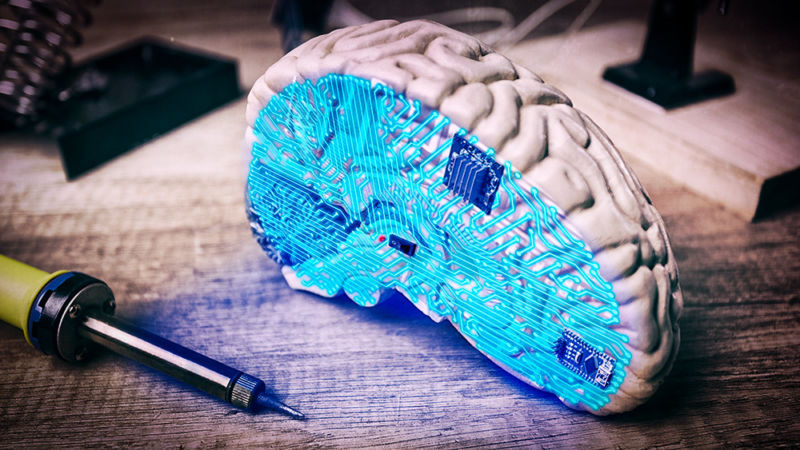
Enlarge (credit: Aurich Lawson / Getty)
The last decade has seen remarkable improvements in the ability of computers to understand the world around them. Photo software automatically recognizes people's faces. Smartphones transcribe spoken words into text. Self-driving cars recognize objects on the road and avoid hitting them.
Underlying these breakthroughs is an artificial intelligence technique called deep learning. Deep learning is based on neural networks, a type of data structure loosely inspired by networks of biological neurons. Neural networks are organized in layers, with inputs from one layer connected to outputs from the next layer.
Computer scientists have been experimenting with neural networks since the 1950s. But two big breakthroughs—one in 1986, the other in 2012—laid the foundation for today's vast deep learning industry. The 2012 breakthrough—the deep learning revolution—was the discovery that we can get dramatically better performance out of neural networks with not just a few layers but with many. That discovery was made possible thanks to the growing amount of both data and computing power that had become available by 2012.
No comments:
Post a Comment